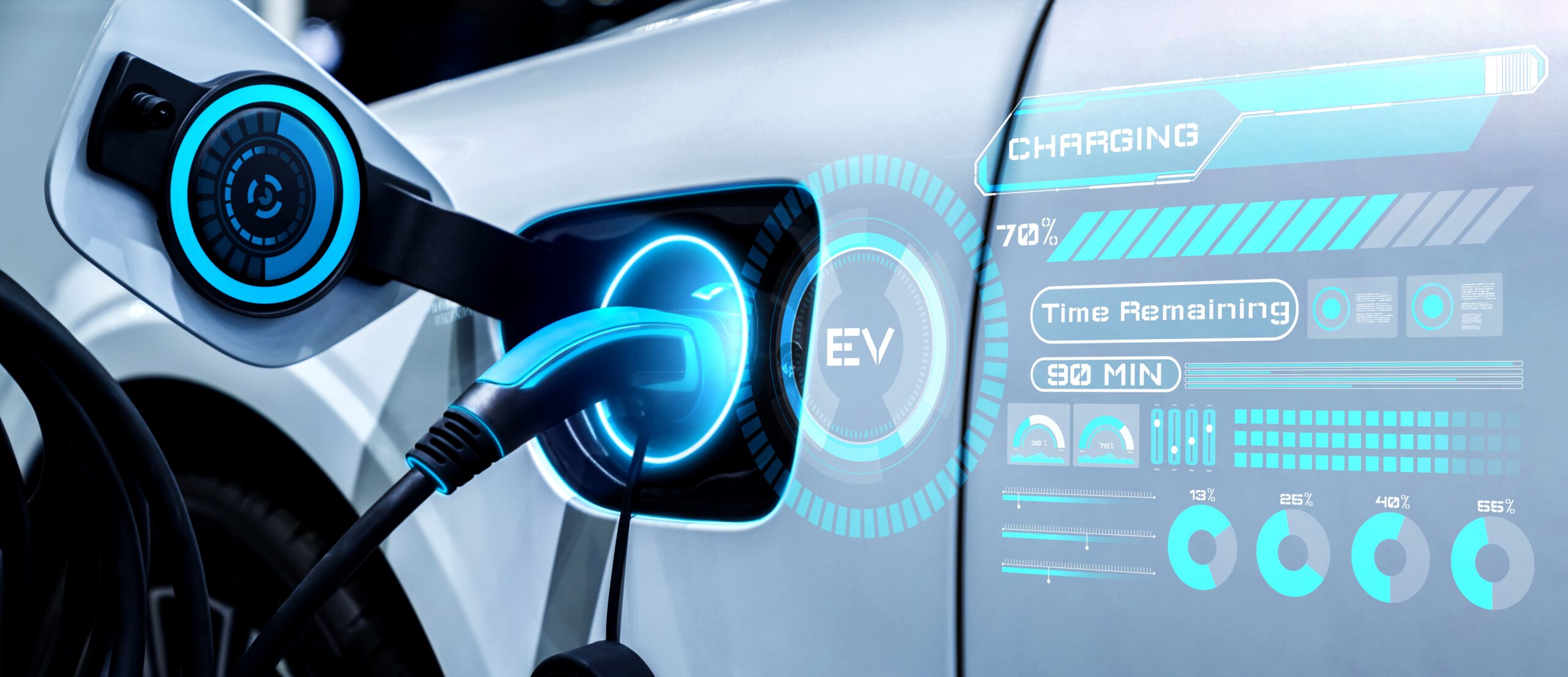Climate change is everyone’s problem, and careful thought and planning are needed to reduce fossil fuel emissions with minimal impact on our quality of life and cost of living.
We are inefficient in our use of energy. A few examples stand out. Overall, some 32% of the primary energy that we start with is used effectively. Automobiles powered by gasoline or diesel fuel are generally less than 25% efficient. Even new technology is not all that efficient. A solar panel that makes electricity is less than 25% efficient, while a solar collector that makes hot water may be more than 80% efficient. If the goal is to reduce fossil fuel that is used for heating, it is difficult to comprehend why anyone would make electricity to be used for heat at 25% efficiency when the solar hot water collector can do the same job and deliver almost four times the energy from a collector that is the same size.
We have reached a state where fast response to reduce emissions will be essential to meet the established targets, and if ever there was a need to seek the “low hanging fruit,” this is it.
For example, consider transportation. At a commercial level, we are beginning to see electric buses and trains. Automobiles are in the hands of individuals. An Internal Combustion Engine (ICE) powered car is about 20-25% efficient, while a Battery Electric Vehicle (BEV) is more than 70% efficient.
Supplying energy for a fleet that is converted to EVs may be a big challenge. Energy for transportation in the U.Ss supply of liquid petroleum is equal to almost three times the total generated electricity on the U.S. grid. Of the total petroleum liquids consumed, 75% is used for transportation, and the balance is used almost entirely by industry. Personal vehicles consume almost 60% of the total transportation portion, and they would use 133% of the TOTAL electricity generated in the U.S. if the efficiency was equal to BEVs. Fortunately, electric cars seem to use about 1/5 of the energy used by an ICE-powered car, so the increase in electricity use may be reasonable, provided it can be controlled to charge vehicles during off-peak periods when surplus capacity is available.
Most people driving battery electric vehicles are expected to charge their cars at home because the cost is less. These vehicles get most of their energy at night. Apartment buildings are installing systems that throttle the charge rate to share capacity among many vehicles. This will avoid or defer the need to upgrade the electric supply to the building, but it may limit the amount of charge any single vehicle will receive overnight. People returning from a long trip with a low battery may be encouraged to utilize a DC fast charger to charge the battery to a reasonable level and then plug it in when they get home.
However, the DC fast chargers that are appearing may become a problem if there are too many in use at any one time. Some of these will charge a car at up to 250 kW. When charging a car, one of these chargers could use as much power as 25 homes, all running clothes dryers and a stove at the same time.
There also appears to be interest in the application of hydrogen. Hydrogen can be made from surplus renewable electricity at about 75% efficiency, but there are significant added costs and energy needed for compression and storage. Hydrogen fuel cell-powered cars can provide transportation and have an advantage that they can travel longer distances than the BEV vehicles, but the efficiency is less than about 40%. However, a hydrogen-powered vehicle can charge rapidly at a charging station, and the hydrogen put into the vehicle can be made over a long period of low demand on the electric grid, so there may be some benefits to the use of hydrogen, albeit at a much higher cost per mile than the BEV.
We are facing unprecedented changes. The challenge and opportunity for users are to find a path that will use less energy and cost less while allowing us to maintain a high quality of life. On the other side, there are some real opportunities for companies that can provide demand management, as these changes will require smart systems that can provide electrical energy to charge cars or to make hydrogen without impairing the ability of the grid to meet the recognized needs of customers.
The conversion of our ground transportation systems may well become the critical factor in our objective of meeting lower emission targets.




